"X to Earn" product methodology: frequency, principal, and labor
Original Title: 《X2earn Template | Frequency, Capital, and Labor》
Written by: FutureMoney
1: X2earn: One of the Easiest to Understand Web3 Paradigms
If Web3 is an obscure concept, then X2earn is one of the most down-to-earth product forms. As A16Z mentioned in their future column, people's future work will be in DAOs and crypto networks, generating continuous income. In this paradigm, the concepts of users, products, and PMF (Product-Market Fit) are transformed into participants, networks, and return on investment, as shown in the figure below.
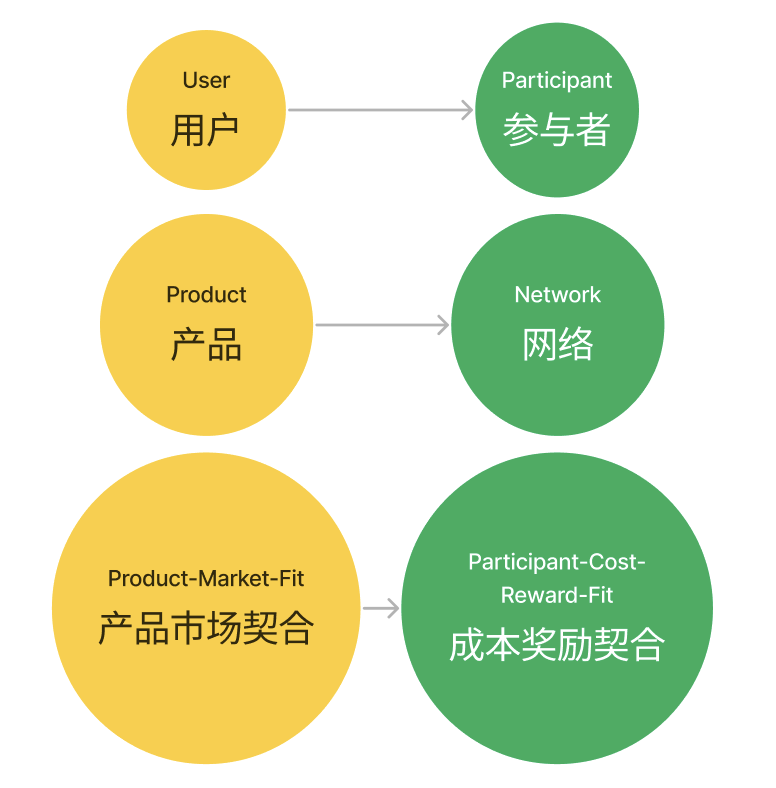
(Figure 1) A possible shift in the X2earn paradigm
Let’s broadly discuss X2earn; in fact, Satoshi Nakamoto's peer-to-peer cash system is also a standard X2earn model: when you participate in verification calculations and contribute network computing power, you can earn rewards, a process known as "mining." The most important participants in the network are "miners," who even appear before "users." As profitability increases, more participants join, network nodes multiply, the flywheel effect intensifies, and participants ultimately gain substantial benefits.
Therefore, maintaining a reasonable cost/reward ratio continuously is extremely important.
2: X2earn Product Methodology (Based on 2022 Research Hypotheses)
2.1 X2earn as a Factor Market
We have summarized over 50 X2earn products on the market and found that the commonality is: using tokens for cold starts, attracting participants (investing labor or capital) through rapid market cap expansion until scale emerges, and then profiting through gamification, paid services, or external economic activities.
For participants, X2earn creates a new factor market, allowing their capital and labor to discover more efficient and fair monetization methods, obtaining reasonable economic returns and creating social value.
2.2 Lifecycle of X2earn Product Design
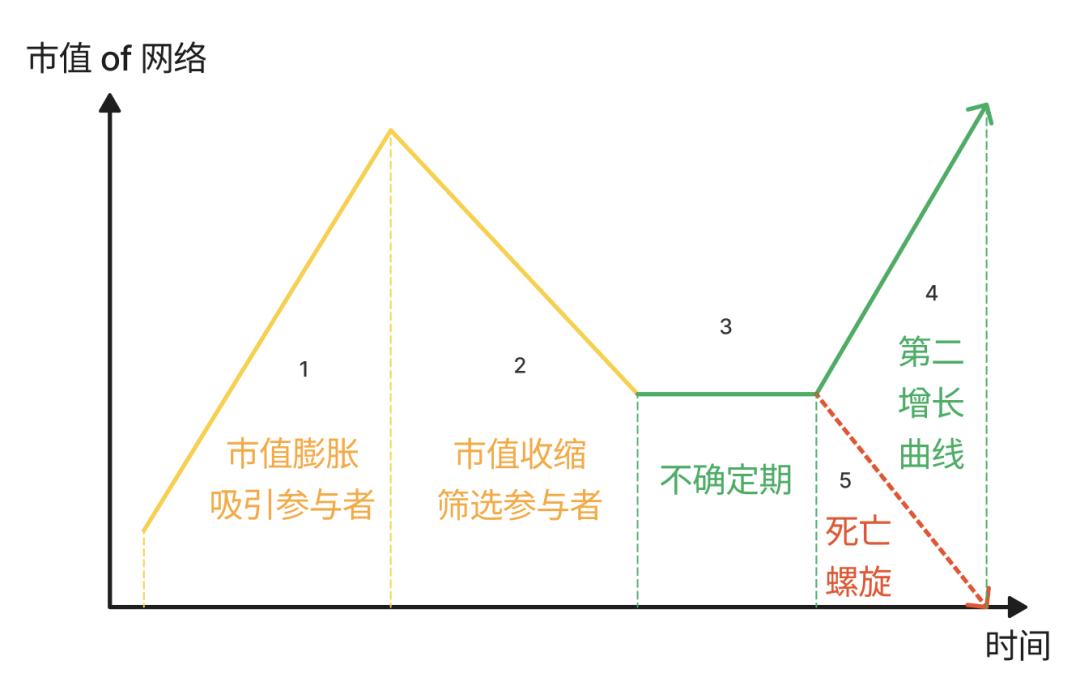
(Figure 2) The lifecycle of X2earn - FMResearch Illustration
1. Market Cap Expansion Phase
This is the period of attracting participants, where the size of participants determines the network's ceiling. Monthly active users (MAU) is the simplest metric; if MAU reaches 1 million, it is a "phenomenal" product; reaching 10 million makes it a potential competitor to the next Ethereum.
2. Market Cap Contraction Phase
Market cap cannot expand indefinitely; early participants will exit to observe after making profits. We need to pay attention to whether there are long-term loyal participants remaining during market cap contraction and how significant their contribution (customer acquisition cost) is.
3. Uncertainty Phase
A long and uneasy phase where the network is searching for its true demand. It is essential to focus on the network's development and how to create more ecological products to retain participants.
4. Second Growth Curve Phase
The second manifestation of network value, explosive growth. For games, it is the active payment of players; for products with business models, it is the payment for use by external users; for a meme or currency, it is the scaling of external economic activities.
5. Death Spiral Phase (One Possibility)
Another possibility is that the network fails to discover a business model and sufficient positive externalities, entering a death spiral.
In summary, successful projects continuously attract participants, while failed projects continuously lose them.
3: Which Scenarios are Suitable for X2earn
3.1 Participant Investment Return Triangle:
If we design X2earn from the perspective of participants, rational participants will consider such a triangle:
- "How often do I receive work confirmations and rewards?"
- "What is the amount of capital I need to invest?"
- "What is the labor I need to contribute?"
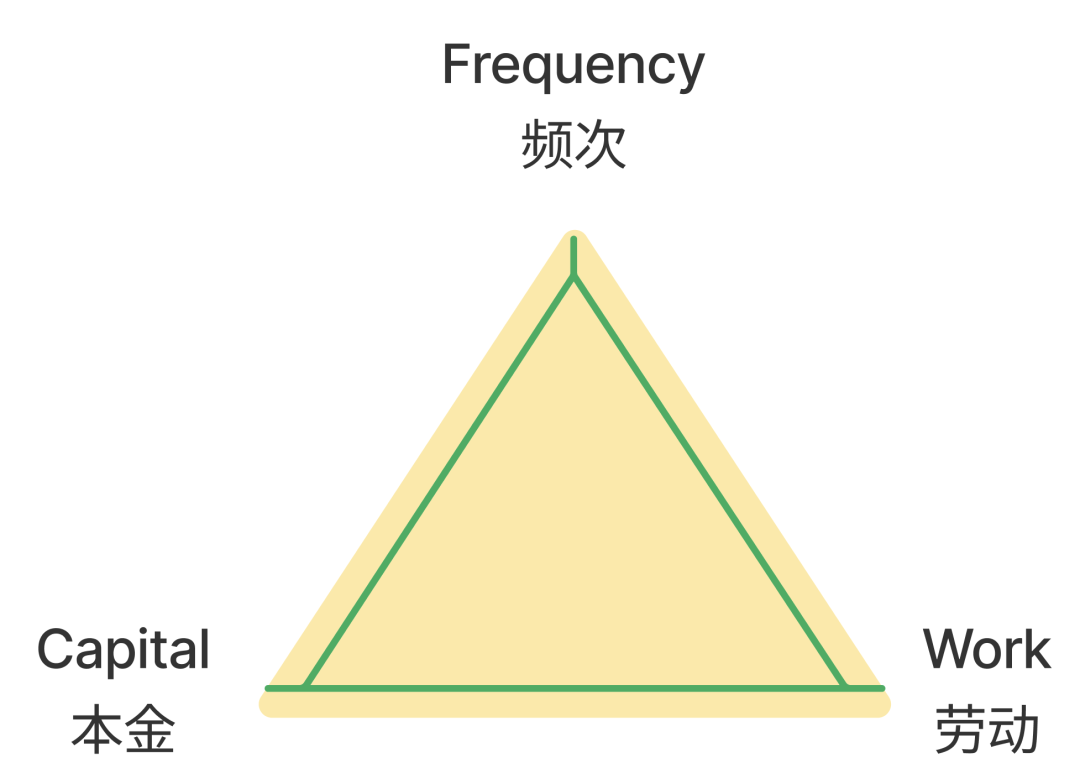
(Figure 3) Participant Investment Return Triangle - FMResearch Illustration
Frequency: The frequency at which participants complete tasks and receive rewards. For example, the participation frequency of Bitcoin miners is approximately every 9 minutes, while the frequency of running is the interval time between each run, which could be several hours.
Capital: The financial cost of the participant's investment. For example, mining machines, liquidity provider capital, certain entry NFTs, or specific hardware devices all fall under capital.
Labor: The effort participants must expend beyond capital. For example, physical effort, knowledge, decision-making, and the repeated value of creative labor. It is important to clarify that high-frequency labor is often standardized, has a lower threshold, or can be mechanized; low-frequency labor is often personalized and requires specialized knowledge and skills.
3.2 Classification of Frequency, Capital, and Labor
Different trade-offs in this triangle can produce eight scenarios, which are as follows:
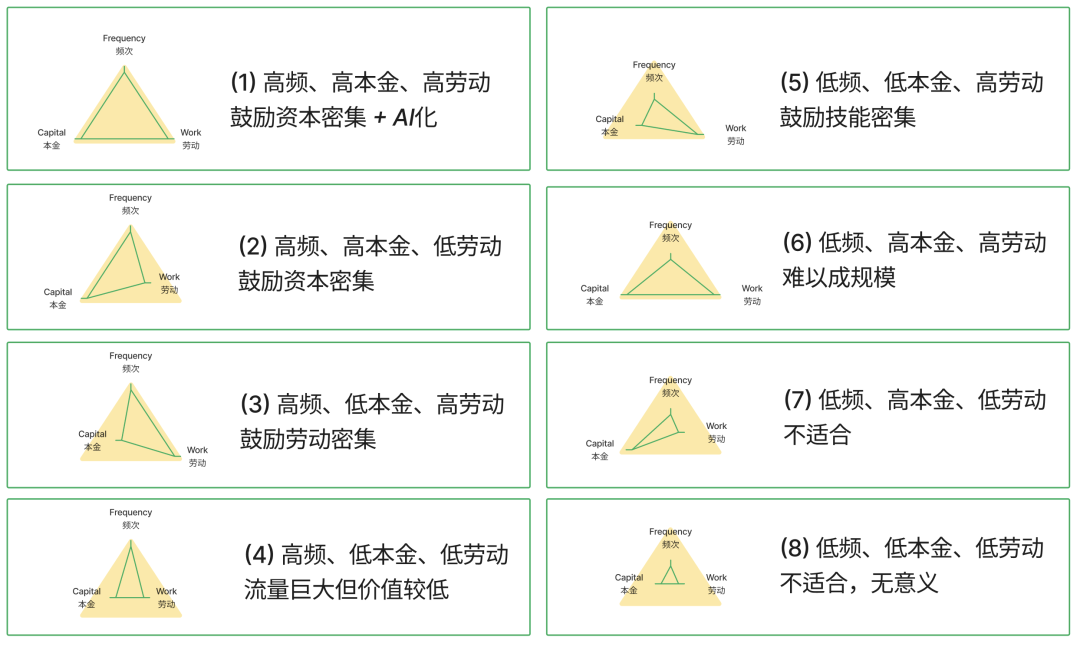
(Figure 4) Eight Classifications of the Three Elements - FMResearch Illustration
Let’s take a look at which are easier to design into an X2earn model.
1. High Frequency, High Capital, and High Labor

Networks in this category include Bitcoin and all mining networks; among the new generation are Chainlink, The Graph, and Render Network, etc.
Advantages: The economic value accumulated in the network is significant, with the potential to form a fat protocol.
Disadvantages: The network economy is competitive, calculations are standardized, there is intense arms racing, fierce capital competition, and organized institutions are numerous, with low participation from retail investors, making it suitable for B-end products rather than C-end.
The design idea is to introduce higher mathematical difficulty and randomness into the verification work algorithm, preventing the asymmetric advantages of large participants from growing disorderly and reducing the Gini coefficient. Although this type of network is the ultimate goal for most product designers, it is not suitable to adopt from the beginning, as it blocks the entry of many participants and can easily become a game controlled by a few. In the early stages, the threshold should be lowered, and gradually increased later.
2. High Frequency, High Capital, and Low Labor

Representative networks in this category include POS networks, staking platforms, liquidity mining networks, and networks with asset proof as the entry threshold.
Advantages: Participants do not expend much labor, and the efficiency of capital is greatly amplified, making it a very effective way to raise capital and liquidity.
Disadvantages: The risk of being held hostage by whales; if profit expectations are not met, large whales may withdraw their investments, causing the network value to drop and enter a death spiral.
The design idea is to introduce more participants to engage in mutual competition, increase participant loyalty (using POAP for governance and participation rewards), and lock in long-term capital value (for example, by introducing voting rights mechanisms). Introducing more workload and labor is an inevitable direction.
3. High Frequency, Low Capital, and High Labor

Representative projects in this category include Play to Earn, Move to Earn, Speak English to Earn, Learn to Earn, Drive to Earn, Share House to Earn, etc.
Advantages: Participants do not need to be wealthy, but can earn rewards through labor.
Disadvantages: Labor is not easily quantifiable, and it is necessary to find the underlying business model.
The design idea is to introduce more smart hardware and anti-cheating technologies such as oracles, and to focus on creating economic value. One direction is to explore internally, designing more complex and random gamified business ecosystems (reference article: Game Special: Founding a Nation - From Slavery to Independence. In a game ecosystem with property rights, human rights, and freedom of capital flow, where will P2E design go? https://docsend.com/view/uuujf4b83iz52g45), and another is to explore externally, seeking external economic value (reference article: “Embrace Absurdity | The Externalities of Web3 are More Important”).
4. High Frequency, Low Capital, and Low Labor

Representative projects include Sleep to Earn, Read to Earn, Share to Earn, Comment to Earn, etc.
Advantages: The threshold is very low, and the participant audience is vast.
Disadvantages: The participant profile is not precise (anyone can perform actions like "like," "comment," "share," etc.), and the value generated by labor is very low, with low capital contribution, making it easy to become a low-value network.
The design idea is to raise the capital or labor threshold for participants, trying to find specific vertical scenarios to make simple labor more meaningful. Appropriately increasing capital investment ensures that labor participants do not act maliciously; otherwise, their capital will be forfeited.
5. Low Frequency, Low Capital, and High Labor

Low-frequency high labor means that this labor is more specialized, possibly producing results only once a week to receive a reward. Participants are more niche, possessing certain specialized skills. Representative projects include Research to Earn, Code to Earn, Create to Earn, Sing to Earn, etc.
Advantages: Users are precise, labor has high technical content, and there is a business model.
Disadvantages: Participants are very elite, making it difficult to scale, and work tasks are hard to quantify and reward.
The design idea is to break down a complex skill task into several simple tasks and then recombine them. Instead of linking all stock analysts together to create a research2earn, product managers might better break research down into i) a read2earn that only collects information, and ii) a comment2earn that provides investment advice, simplifying complex research labor into two different modules, speeding up settlement frequency and simplifying processes.
6. Low Frequency, High Economic Threshold, High Labor Threshold

This model is rare, and a closer example is Venture DAO, where participants pool money together, jointly develop investment strategies, and share dividends.
Challenges: The confirmation and incentive frequency of such networks is very low, work volume is hard to measure, and work tasks are extremely non-standardized, making it difficult to reach a consensus. Therefore, it is hard to form scale.
In the last two scenarios of "low frequency, high capital, low labor" and "low frequency, low capital, low labor," the value contributed by participants is too low, and we believe that such scenarios currently lack significance.
4: Conclusions on the Above Scenarios
4.1 Choose the Right Direction, High Frequency Over Low Frequency
Frequency is a form of energy and is the most important in design. If the confirmation and reward frequency of the network is too low, there are two fatal problems:
- Participants do not receive timely feedback and are likely to migrate to other competing products;
- Due to the low frequency, network governors find it difficult to detect cheating and attacks in a timely manner, allowing malicious participants to destroy the network in one fell swoop.
4.2 After Choosing the Right Direction, Splitting and Combining is Important
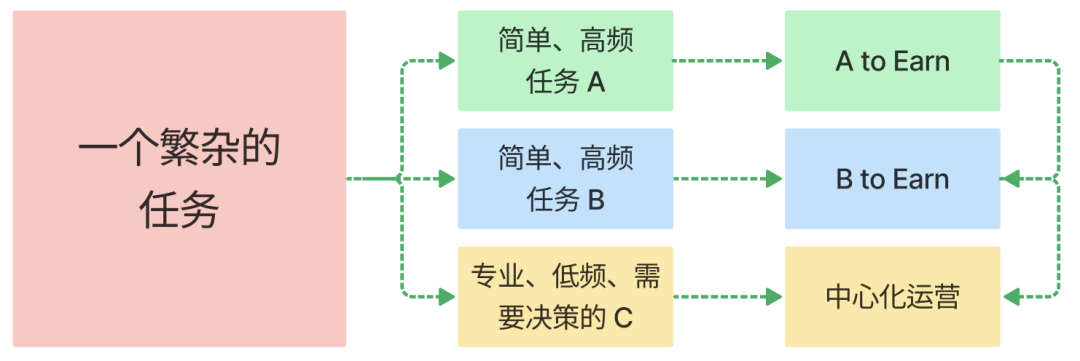
(Figure 5) Splitting and Recombining Complex Tasks - FMResearch Illustration
If we see a scenario with the potential for 2earn, we must try to split it as much as possible, where high-frequency actions and quantifiable actions can be designed into a 2earn model; the unquantifiable, complex, and personalized actions should retain a centralized business model to continue operating.
X2earn is a factor market, so we need to consider market efficiency and low friction.
4.3 Do Not Design Solely Around Capital; Introduce Labor Value
We firmly believe that X2earn 2.0 (Value Network) should be designed around labor, for the following reasons:
- The network is more durable. It is relatively easy for human nature to cut losses on money, but hard to let go of "wasted effort."
- The network is more valuable. Countless labor forces can create goods and services.
- The network can create positive externalities. It is easier to generate richer upstream and downstream industrial chains.









